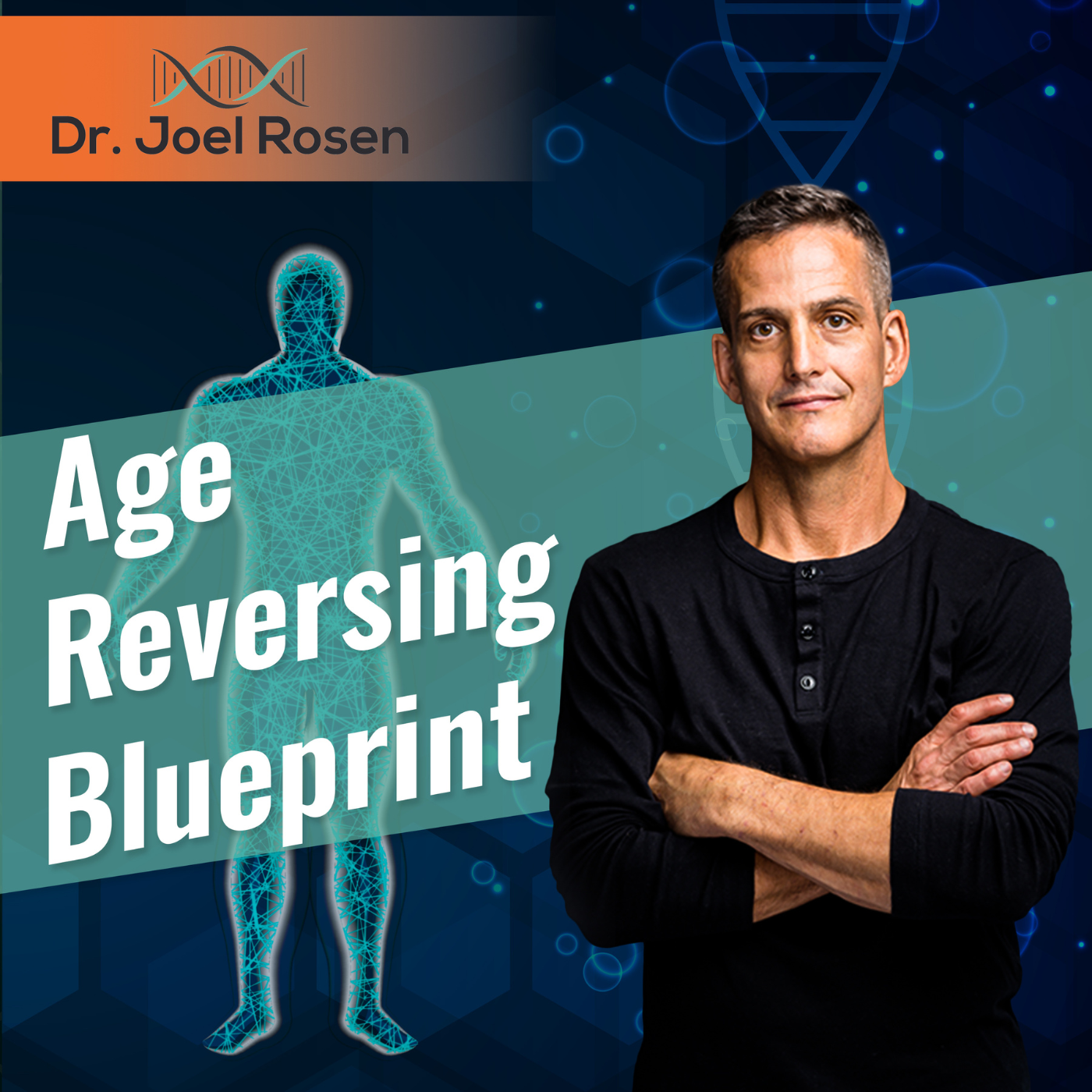How to Crack the Code: Ways To Boost NAD & Reduce Cellular Aging
Dr. Joel Rosen: Our guest here is Dr. Nicola Conlon. She’s a molecular biologist specializing in the study of cellular aging. After a career in drug development, Dr. Nicola founded the Nuchido laboratories to deliver disruptive innovation in the fields of aging, rejuvenation, and health spending. She has a passion for sharing her latest science and accomplished speaker, and has a skill in translating event science to help educate the support the wider population encouraging people to age well and achieve their optimal life experiences. Perfect for our podcast today. Thank you so much, Nicola, for being here today. Dr. Nichola Conlon: Thank you so much for inviting me. I’m excited to have it and have a great chat today. Yes, excellent. Dr. Joel Rosen: And so what I like to do is I usually go back and figure out why you get into the area that you did. But I want to fast-track that in terms of how you go from drug development to more of a, I would imagine a more holistic or alternative route. Maybe tell us about how that came about. Dr. Nichola Conlon: Yeah, that’s a great question, because it’s quite unusual, I guess. And so as you mentioned, my background was in drug development. And I originally worked in cancer therapy. And then one day, I got moved on to looking at aging, and which at the time, you know, we’re talking about a decade ago now, and was quite a new thing. And even I was like, okay, drugs like aging, like, how does this all fit together? However, what we know is that there was a huge change in the science surrounding agents. And there was a lot of evidence coming out that we could reverse aging at the cellular level. And we know that aging is our biggest risk factor for every disease, you know, every major disease that drug companies are trained, to treat or to cure. So the idea was, if we can slow aging at the cellular level, even just a little bit, will it reduce our risk or our onset of age-related disease? So I was fortunate enough to be able to, you know, basically traveled all over the world, meeting all of the people who were experts in the longevity field, or the conferences and learning what this science was all about, and how we could incorporate it into drug development. So that was exciting. But two things annoyed me in the world of drug development. The first was that it takes a very, very long time to get anything from the research lab. abs, you know, really initial drug development, early stage out into actually being a medicine that somebody can take and benefit from, you know, you’re looking at about 10 to 15 years, hundreds of millions of pounds to do this. So, you know, I was looking at all this cool science and thinking, Okay, this is great. But it’s going to take a long time before it gets to benefit anyone. The second annoying thing was that part of my role was to, you know, we’d send a load of molecules to the lab to be tested, and we then get a spreadsheet back, which was like, okay, these things work well at the top. And these things don’t work at all at the bottom. Quite often, some of the things that were potent and had high efficacy were not drug molecules, they were natural molecules, things that were already very well known things that

